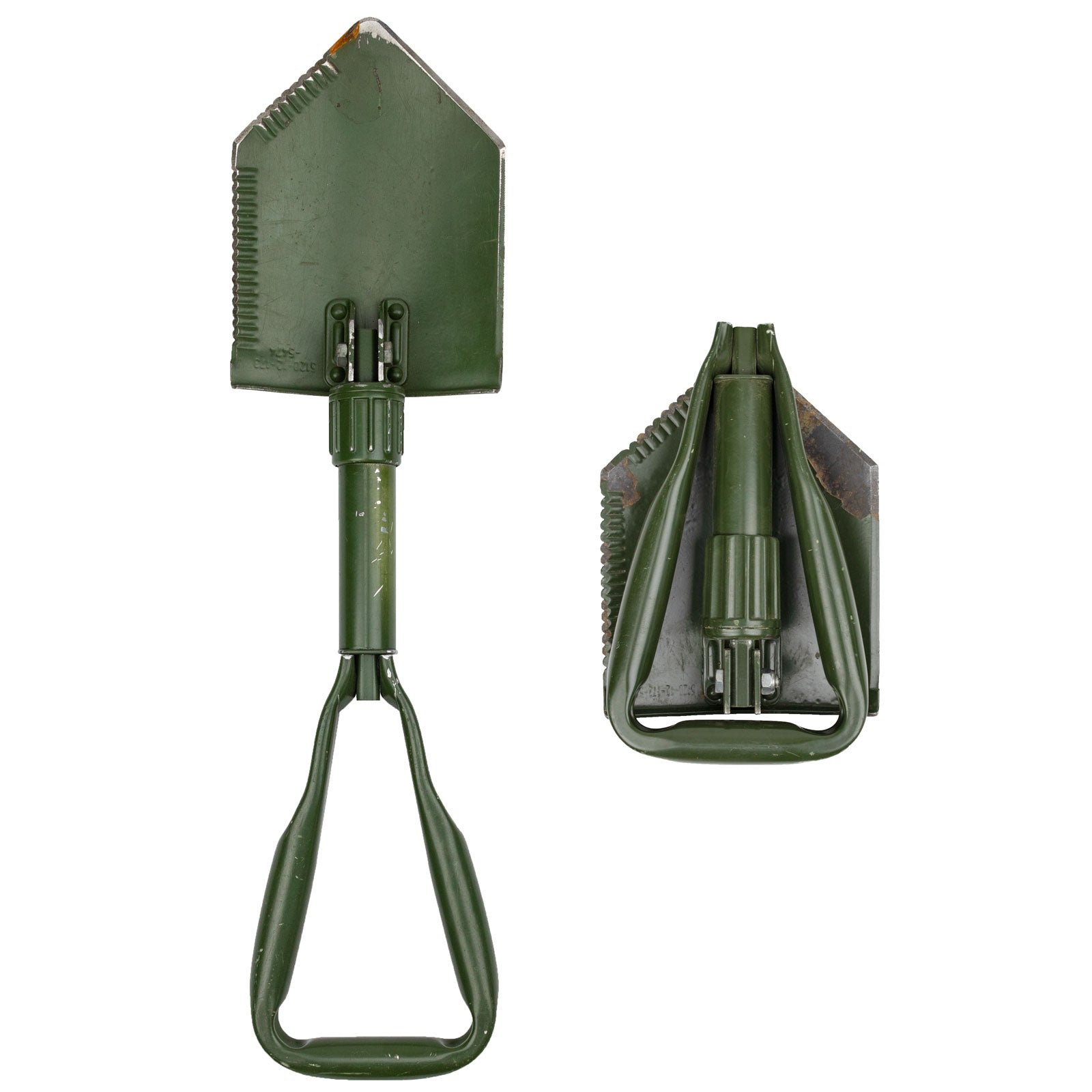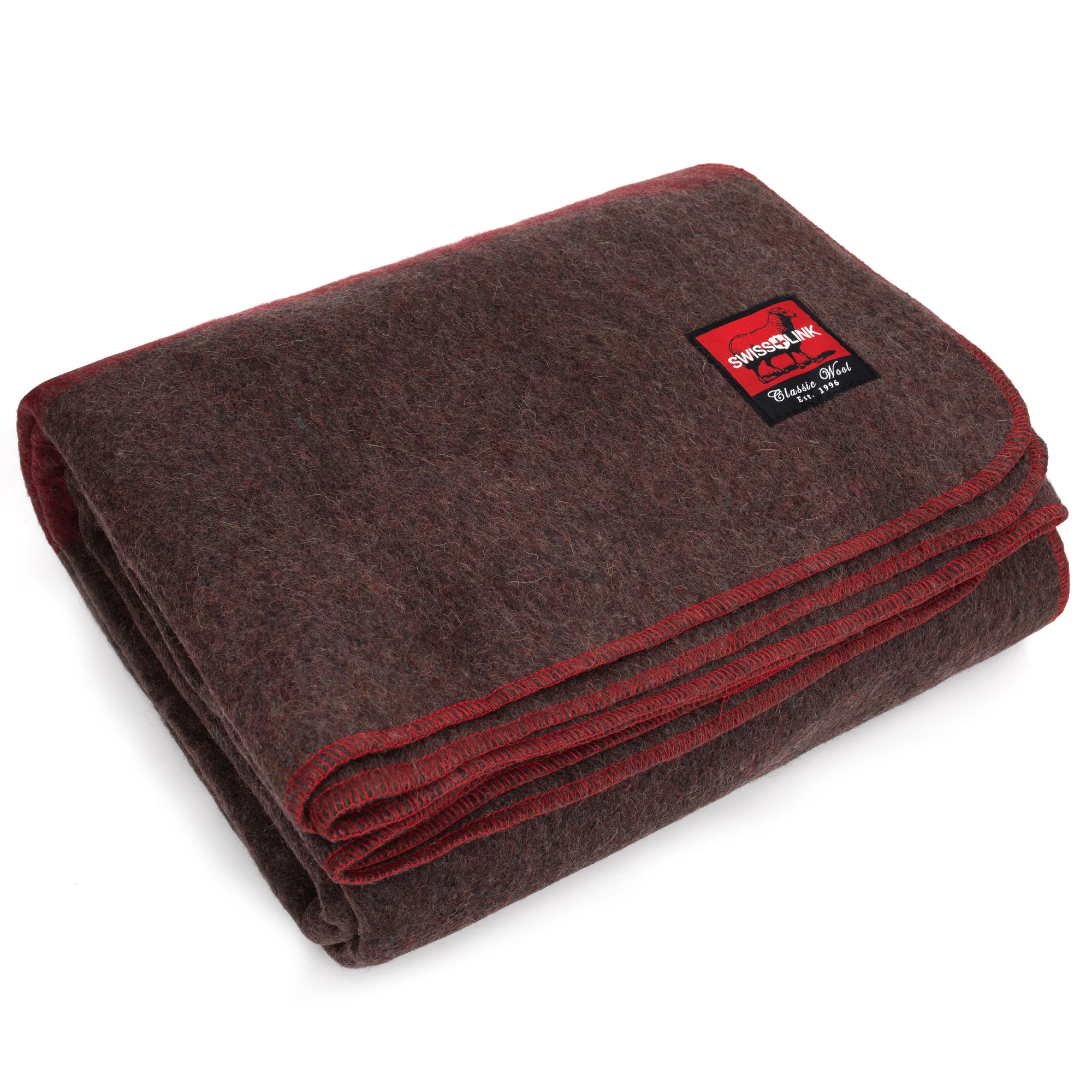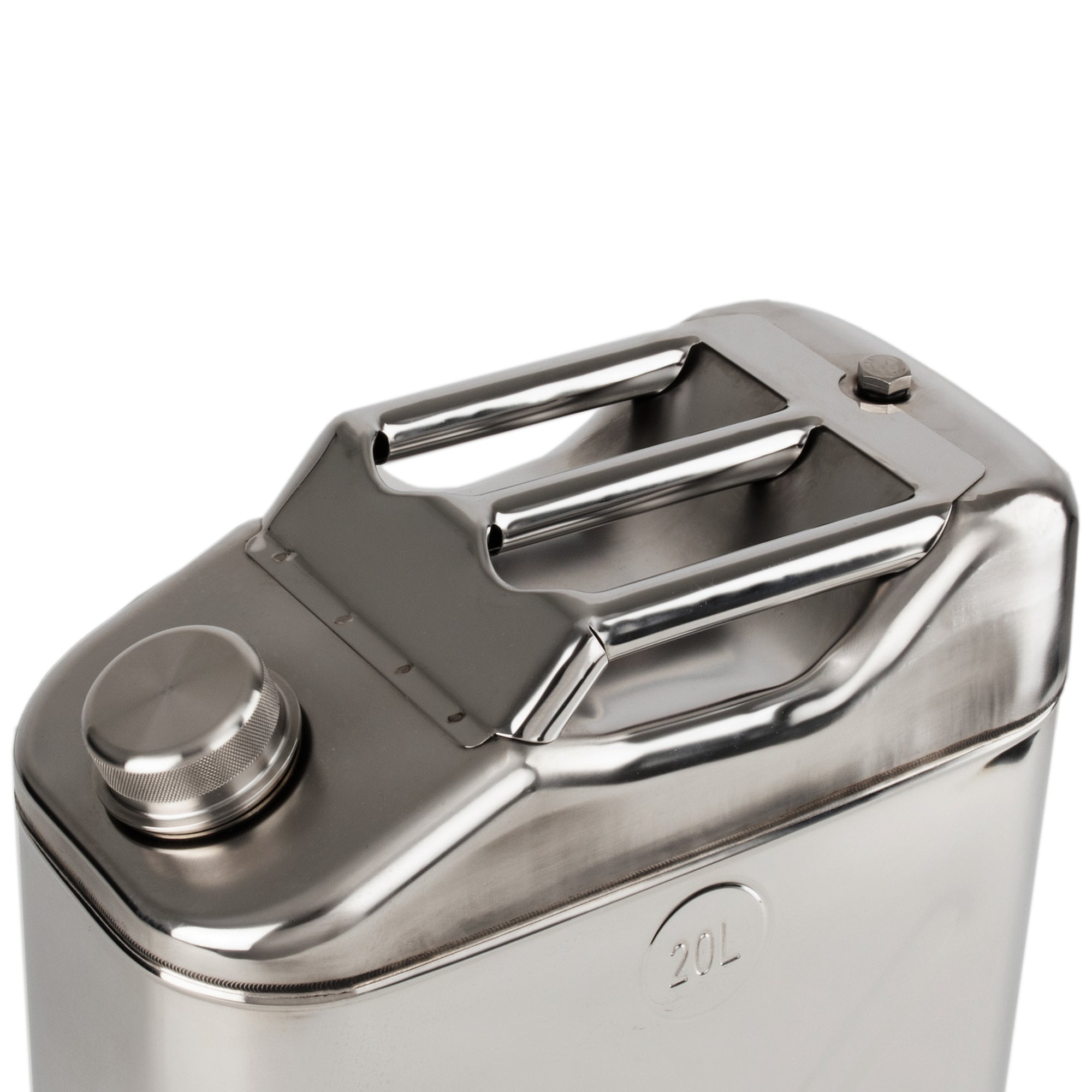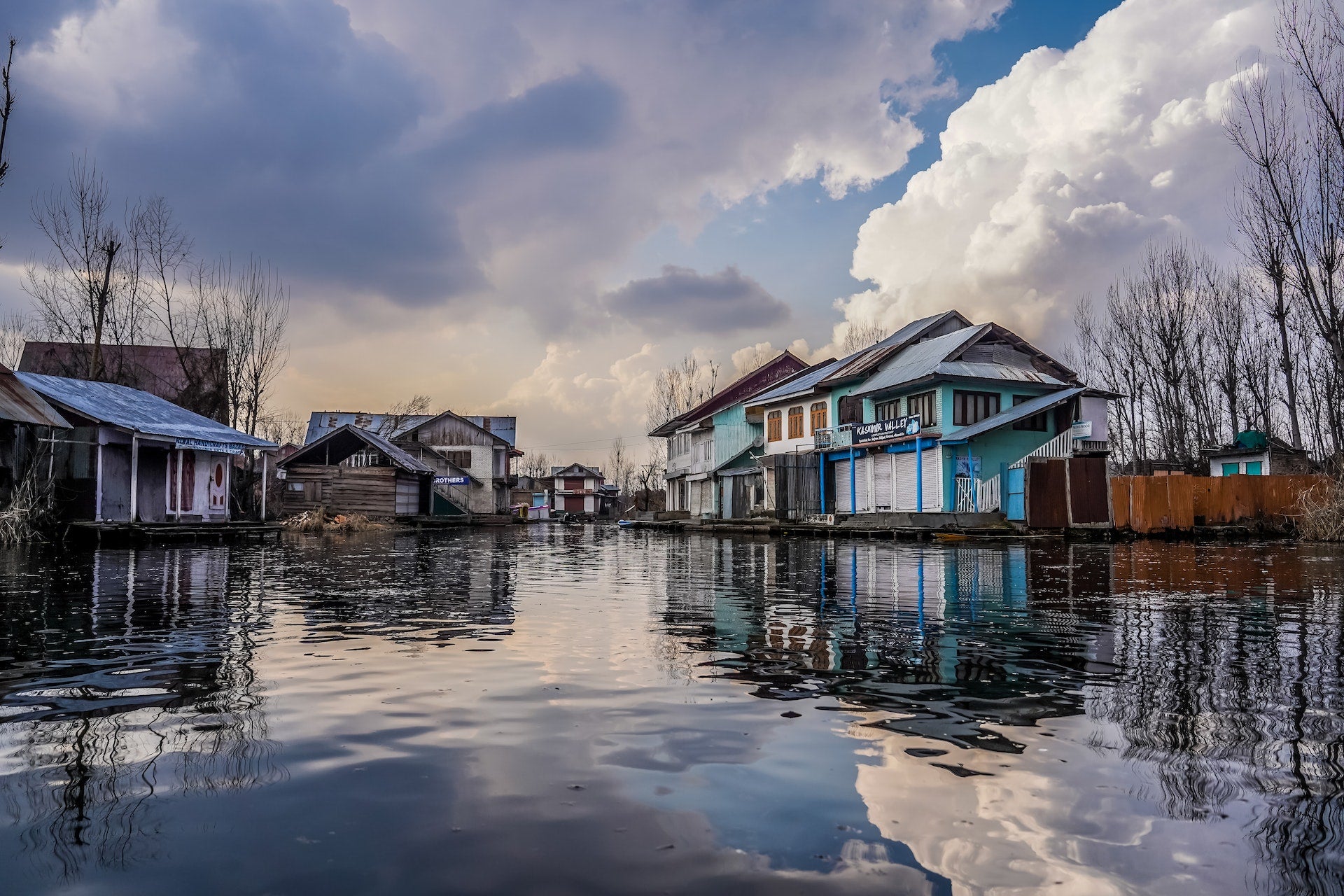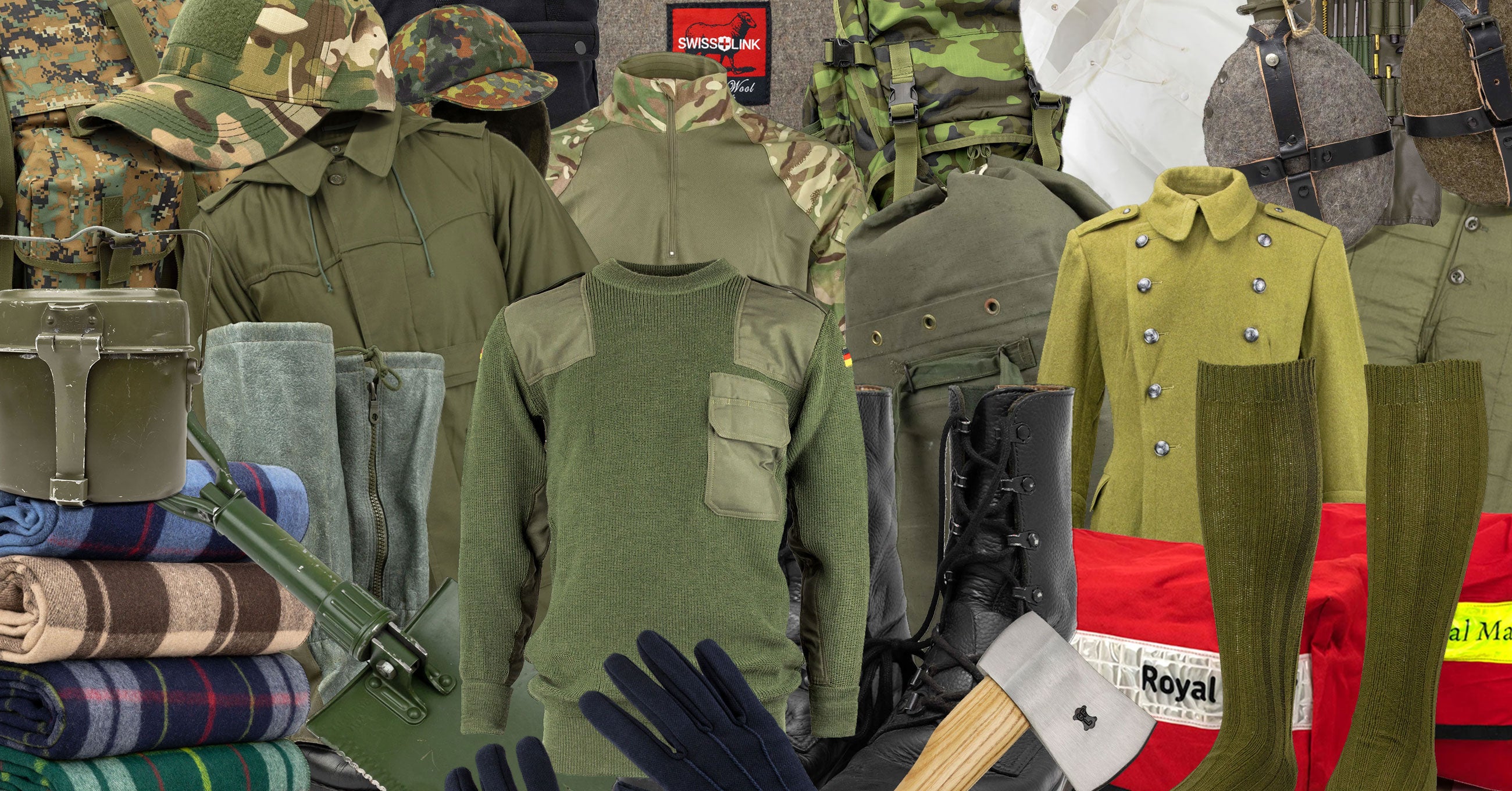Origins of Camouflage
The invention of camouflage, or the use of colors, patterns, and other techniques to make an object blend in with its surroundings, can be traced back to ancient history. Many animals, such as chameleons and octopuses, have natural camouflage abilities that help them to blend in with their environment and avoid predators.
The first known use of camouflage by humans can be traced back to ancient Egypt, where soldiers used to paint their faces and bodies with mud and other materials in order to blend in with the desert landscape. This allowed them to move stealthily and surprise their enemies in battle.
During the First World War, the use of camouflage became more widespread and sophisticated. Military units around the world began to use specialized paints and patterns to make their vehicles and equipment blend in with the environment, in order to conceal their positions and avoid detection by the enemy.
In the decades since, the use of camouflage has continued to evolve and improve. Modern camouflage patterns are designed using complex algorithms and computer simulations, and can be adapted to a wide range of environments and situations. Camouflage is now used not only by military forces, but also by hunters, wildlife photographers, and others who need to blend in with their surroundings.
Camouflage has played a significant role in the history of warfare and outdoor activities, and continues to evolve and improve to this day.
Woodland, the one pattern to rule them all
The history of woodland camouflage, or the use of colors and patterns to blend in with a forested environment, can be traced back to the early 20th century. During the First World War, military units began to experiment with different colors and patterns in order to conceal their positions and equipment in forested areas.
One of the earliest known examples of woodland camouflage was the American "dazzle" camouflage, which was used on ships during the First World War. This camouflage used geometric shapes and contrasting colors, such as black and white, to break up the outline of the ship and make it difficult to see against the horizon.
In the decades following the First World War, the use of camouflage patterns continued to evolve and improve. During the Second World War, the United States military developed the "forest" pattern, which used a combination of green, brown, and black colors to blend in with forested environments. This pattern was used by American troops during the war, and became known as the "woodland" camouflage pattern.
In the years since the Second World War, the woodland camouflage pattern has continued to evolve and has been adopted by military units and civilians around the world. Today, the woodland camouflage pattern is one of the most widely-used and recognizable camouflage patterns in the world.


